#Hobbit Tree Tunnel
Explore tagged Tumblr posts
Text
Hobbit Tree Tunnel, Dancersend, England
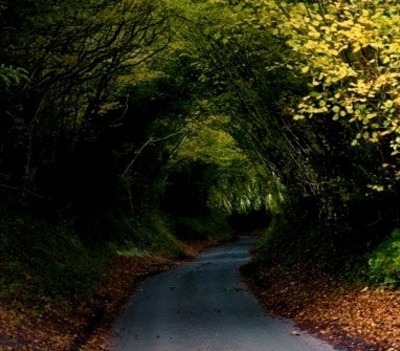
2 notes
·
View notes
Text
Hobbit Tree Tunnel, Dancersend, England
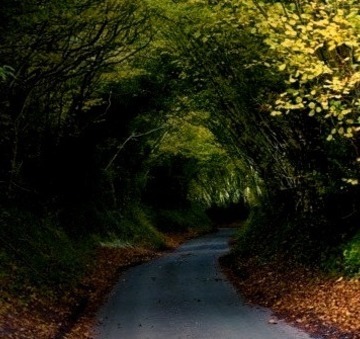
0 notes
Text
Hobbit Tree Tunnel, Dancersend, England

0 notes
Text
Hobbit Tree Tunnel, Dancersend, England
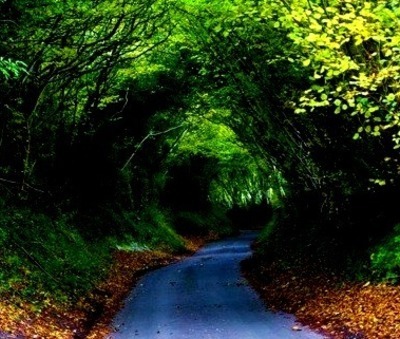
1 note
·
View note
Text
Hobbit Tree Tunnel, Dancersend, England
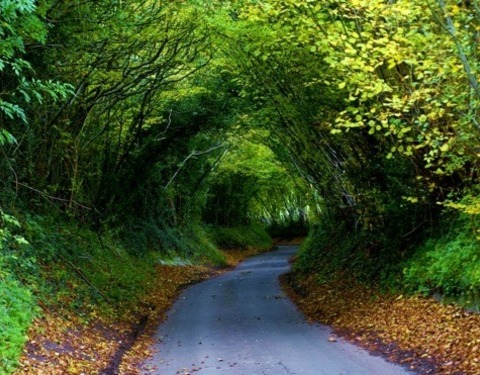
1 note
·
View note
Text
Hobbit Tree Tunnel, Dancersend, England
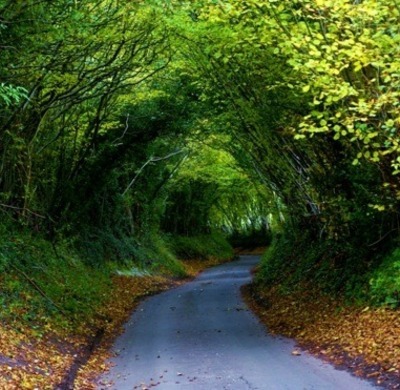
1 note
·
View note
Text
Hobbit Tree Tunnel, Dancersend, England

1 note
·
View note
Photo
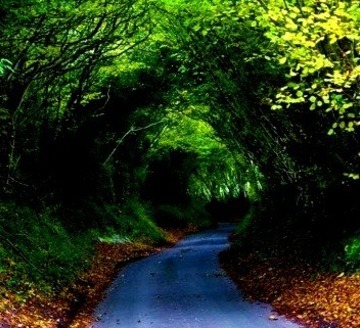
Hobbit Tree Tunnel, Dancersend, England
2 notes
·
View notes
Text
Hobbit Tree Tunnel, Dancersend, England
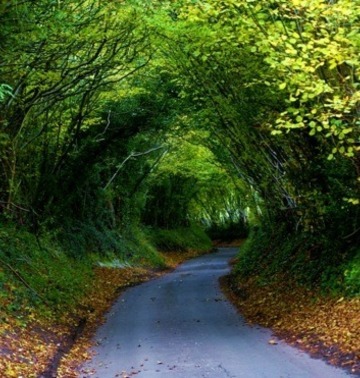
0 notes
Text
Hobbit Tree Tunnel, Dancersend, England

1 note
·
View note
Photo

Hobbit Tree Tunnel, Dancersend, England
1 note
·
View note
Text
Hobbit Tree Tunnel, Dancersend, England
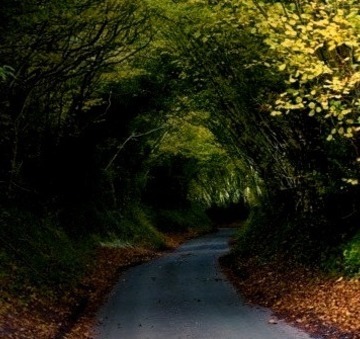
1 note
·
View note
Text
Hobbit Tree Tunnel, Dancersend, England
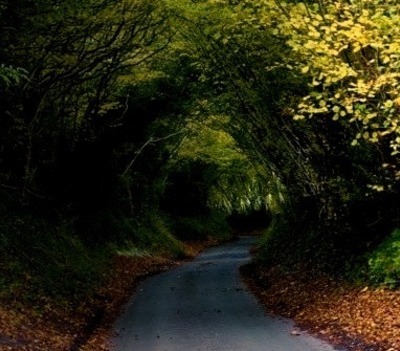
1 note
·
View note
Text
Some Fantasy Creatures

Fantasy species are types of fictional creatures that inhabit the pages of fantasy books. Crucially, these different species do not exist in the real world. Some fantasy species are the creation of individual authors, but a great number come from longstanding folklore and may have appeared in fantasy stories for generations.
Common Fantasy Species
Dragons: Massive, flying, fire-breathing reptiles. They are often portrayed as ferocious and untamable, but some dragons allow humans to ride them. They appear in countless fantasy works from The Hobbit to Game of Thrones.
Wizards: Wizards—sometimes called sorcerers—are human-like beings who possess magical abilities. Some wizards can only access magical powers sometimes; others seem nearly omnipotent. Many wizards are shapeshifters and can assume different identities.
Giants: Giants are massive beings that tower over humans. There are many different types of giants, including brutish ogres and the one-eyed cyclops.
Merfolk: Merfolk, including mermaids and mermen, share qualities with both fish and humans. Most live exclusively in water but have amphibious qualities that briefly sustain them on land.
Lizard folk: These reptilian hybrids fall somewhere between lizards and humanoids. Friendly lizard folk often resemble geckos while evil lizard folk may take on the appearance of crocodiles.
Hobbits: Also called halflings, these creatures are among the central protagonists of J.R.R. Tolkien's Lord of the Rings series. They are noted for their small size and sage wisdom.
Elves: Wood elves typically live in the forest. High elves live in marble palaces. Dark elves typically live underground and may behave wickedly, while other elves tend to have noble intentions. Still other types of elves include night elves, snow elves, moon elves, and aquatic elves.
Dwarves: Dwarves are typically depicted as an ancient humanoid species. Dwarves are squat, burly, and master craftsmen. They are often associated with mining and tunneling.
Gnomes: Gnomes are short and squat like dwarves, but they tend to have a friendlier disposition in fantasy stories. They tend to be tinkerers more than craftsmen. Their signature accessory is a pointy red cap.
Trolls: In standard fantasy literature, trolls are massive, primordial creatures that humane recruit for major battles. During peacetime, they are typically regarded as a nuisance prone to ransacking villages.
Nymphs: Characterized as protectors of the wilderness—particularly trees and plants. In most works of fiction, they are closely related to fairies.
Dryads: Dryads are also known as tree nymphs. In works of fantasy, most dryads bond with a particular tree and consider it an extension of themselves.
Satyrs: Half human and half donkey; typically have an appetite for carousing.
Centaurs: Closely related to satyrs, they are half human and half horse. These hybrid mammals tend to avoid human civilizations in works of fantasy. Sometimes they appear as barbarians and sometimes they appear as stewards of nature.
Demons: Demons can take many forms in fantasy stories, but they are almost always motivated by evil and malice.
Imps: Imps are connected to both demons and fairies. Most are motivated by mischief more than evil. Like dryads, imps closely associate with trees; some are even born grafted to trees in fantasy novels.
Orcs: Orcs are commonly depicted as brutish monsters motivated by evil and cruelty. In some traditions, orcs are corrupted elves. Orcs had fallen out of standard fantasy tropes until J.R.R. Tolkien made them the key horde of antagonists in the Lord of the Rings series.
Goblins: Closely related to orcs, they are smaller, smarter, and easily spotted thanks to their green skin. Hobgoblins are larger goblins that closely resemble orcs.
Werewolves: Werewolves are typically depicted as humans that turn into wolves during a full moon. In some folklore, they are revenants—the undead corpse of a human killed by another werewolf.
Hydra: A many-headed serpent that traces back to ancient Greek mythology. Depending on the work of fiction, some are aquatic and some live on land.
Some fantasy novels describe worlds entirely inhabited by fantasy creatures:
The Goblin Emperor (2014) by Sarah Monette (pen name Katherine Addison)
The Crucible of Time (1983) by John Brunner
More commonly, fantasy settings feature invented creatures interacting with humans and real-world animals. Examples include:
The Lord of the Rings trilogy by J.R.R. Tolkien
A Song of Ice and Fire by George R.R. Martin
Source ⚜ More: References ⚜ Writing Resources PDFs
#fantasy#character development#creature design#writeblr#writers on tumblr#literature#writing reference#dark academia#spilled ink#writing prompt#creative writing#writing inspiration#character building#writing ideas#light academia#writing resources
165 notes
·
View notes
Text
Bilbo being a rabbit in The Hobbit
“He wouldn’t make above a mouthful,” said William, who had already had a fine supper, “not when he was skinned and boned”.
“P’raps there are more like him round about, and we might make a pie,” said Bert. “Here you, are there any more of your sort a-sneakin’ in these here woods, yer nassty little rabbit,” said he looking at the hobbit’s furry feet; and he picked him up by the toes and shook him.
“Yes, lots,” said Bilbo, before he remembered not to give his friends away. “No, none at all, not one,” he said immediately afterwards.
William, Tom, & Bert plotting to eat Bilbo, The Hobbit, Roast Mutton.
Gandalf, who was a good deal taller than the others, had found a tree into which they could not climb, a large pine standing at the very edge of the glade. He was quite hidden in its boughs, but you could see his eyes gleaming in the moon as he peeped out.
And Bilbo? He could not get into any tree, and was scuttling about from trunk to trunk, like a rabbit that has lost its hole and has a dog after it. “You’ve left the burglar behind again}” said Nori to Dori looking down.
“I can’t be always carrying burglars on my back,” said Dori, “down tunnels and up trees! What do you think I am? A porter?”
“He’ll be eaten if we don’t ‘do something,” said Thorin
Thorin’s Company hiding in a tree from wolves, The Hobbit, Out of the Frying Pan into the Fire.
Soon another eagle flew up. “The Lord of the Eagles bids you to bring your prisoners to the Great Shelf,” he cried and was off again. The other seized Dori in his claws and flew away with him into the night leaving Bilbo all alone. He had just strength to wonder what the messenger had meant by ‘prisoners,’ and to begin to think of being torn up for supper like a rabbit, when his own turn came. The eagle came back, seized him in his talons by the back of his coat, and swooped off.
Bilbo being picked up by an Eagle, The Hobbit, Out of the Frying Pan into the Fire.
“Don’t pinch!” said his eagle. “You need not be frightened like a rabbit, even if you look rather like one. It is a fair morning with little wind. What is finer than flying?”
Bilbo would have liked to say: “A warm bath and late breakfast on the lawn afterwards;” but he thought it better to say nothing at all, and to let go his clutch just a tiny bit.
Bilbo riding on an Eagle. The Hobbit, Queer Lodgings.
“You! You!” cried Thorin, turning upon him and grasping him with both hands. “You miserable hobbit! You undersized-burglar!” he shouted at a loss for words, and he shook poor Bilbo like a rabbit.
“By the beard of Durin! I wish I had Gandalf here! Curse him for his choice of you! May his beard wither! As for you I will throw you to the rocks!” he cried and lifted Bilbo in his arms.
Thorin angered by Bilbo’s surrender of the Arkenstone, The Hobbit, The Clouds Burst.
#lotr#tolkien#bilbo#the hobbit#gandalf#thorin#Roast Mutton#Out of the Frying Pan into the Fire#Queer Lodgings#James Morris#quote
21 notes
·
View notes
Text
More Reading Thoughts: The Prologue
I will never not love Tolkien’s framing device of “my fantasy epic is 100% a translation of an ancient historical book like Beowulf, it’s totally real, you guys, definitely”
“[Bullroarer Took] was surpassed in all Hobbit records only by two famous characters of old; but that curious master is dealt with in this book” is an incredibly intriguing line to me. You’d think it refers to Frodo and Sam, because of what they did to destroy the Ring—but the rest of the hobbits didn’t really care all that much about that. They saw Sam as just another mayor (if a very tenured one) and Frodo as a strange recluse. I think this line refers to Captains Meriadoc and Peregrin, actually, for their courage and leadership during the Battle of Bywater.
“To the last battle at Fornost with the Witch-lord of Angmar they sent some bowmen to the aid of the king, or so they maintained, though no tales of Men record it.” This cracks me up. First of all, the fact that hobbits claim to have sent some aid to the King’s war, but either they’re lying or mistaken or they’re literally so small and unremarkable that everyone completely forgot they were there. Secondly, this is the first and not the last time hobbits are gonna be a pain in the Witch King’s butt
“They were, in fact, sheltered, but they had ceased to remember it” is a line that goes so hard bruh
Today’s vocabulary word is “ramify, v: form branches or offshoots; spread or branch out; grow and develop in complexity or range.” So “large and ramifying tunnels”, in this case, paints the picture of the hobbit holes sprouting rooms and hallways that branch off like tree roots. Fascinating.
The fact that Merry probably has some Stoor blood in him still makes me giggle because they’re the only hobbits that could grow any sort of beard. I still maintain the headcanon that Merry has three (3) hairs on his chin, and he shaves them regularly and is inordinately proud of them.
“Sometimes, as in the case of the Tooks of Great Smials, or the Brandybucks of Brandy Hall, many generations of relatives lived in (comparative) peace together in one ancestral and many-tunnelled mansion.” That little interjection of “comparative” was not mine, it’s right there in the text, and it has me cracking up X-D
Merry’s little personal asides in “Concerning Pipeweed” are absolutely darling—including the shade at Breelanders, the almost wistful descriptions of how much better the plant grows in Gondor, and the fond way he speaks of Gandalf.
Okay so I once claimed that the book never refers to Frodo as Bilbo’s nephew, only as his young kinsman; but here at the end of section three he is actually called “Frodo his favorite ‘nephew’”, with the quotation marks and all. So the idea is already planted in our minds that their relationship is sort of avuncular (throwback to that old vocab word!) before we start the story.
“With [Thorin’s company Bilbo] set out, to his own lasting astonishment…” 🤣🤣🤣
Boy I still need to do Bilbo-With-Glasses someday
Tolkien taking several pages of prologue to explain the inconsistency of the riddle game in The Hobbit will never not be funny
“And no one else in the Shire knew of [the Ring’s] existence, or so he believed.” Except for Merry, who watched him put it on to escape the Sackville-Bagginses that one time.
It’s called the Red Book of Westmarch because it came from Undertowers!! Guarded by the Fairbairns!! ELANOR’S KIDS!! HI HELLO I’M HAVING EMOTIONS
“The original Red Book has not been preserved, but many copies were made, especially of the first volume, for the use of the descendants of Master Samwise.” I AM HAVING ✨EMOTIONS✨
PIPPIN BROUGHT A COPY OF THE RED BOOK TO GONDOR WHEN HE WAS OLD
AND THEN ARAGORN HAD IT COPIED AGAIN
AND THAT’S THE ONE THAT WAS “TRANSLATED” INTO LOTR
HELP
The fact that Merry wrote so many books and Pippin wrote none is honestly so in-character for both of them
And Merry frequently visited Rivendell!! You guys I cry
166 notes
·
View notes